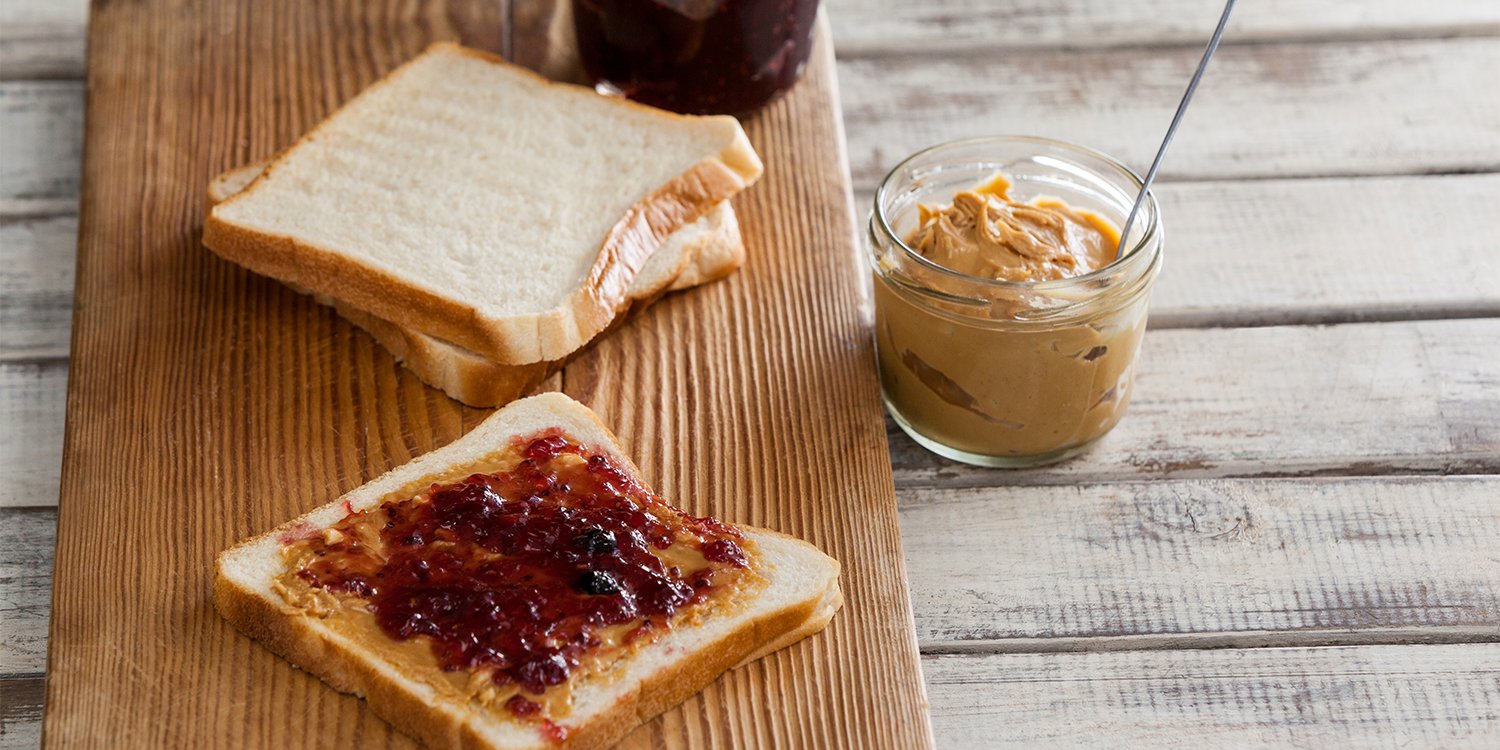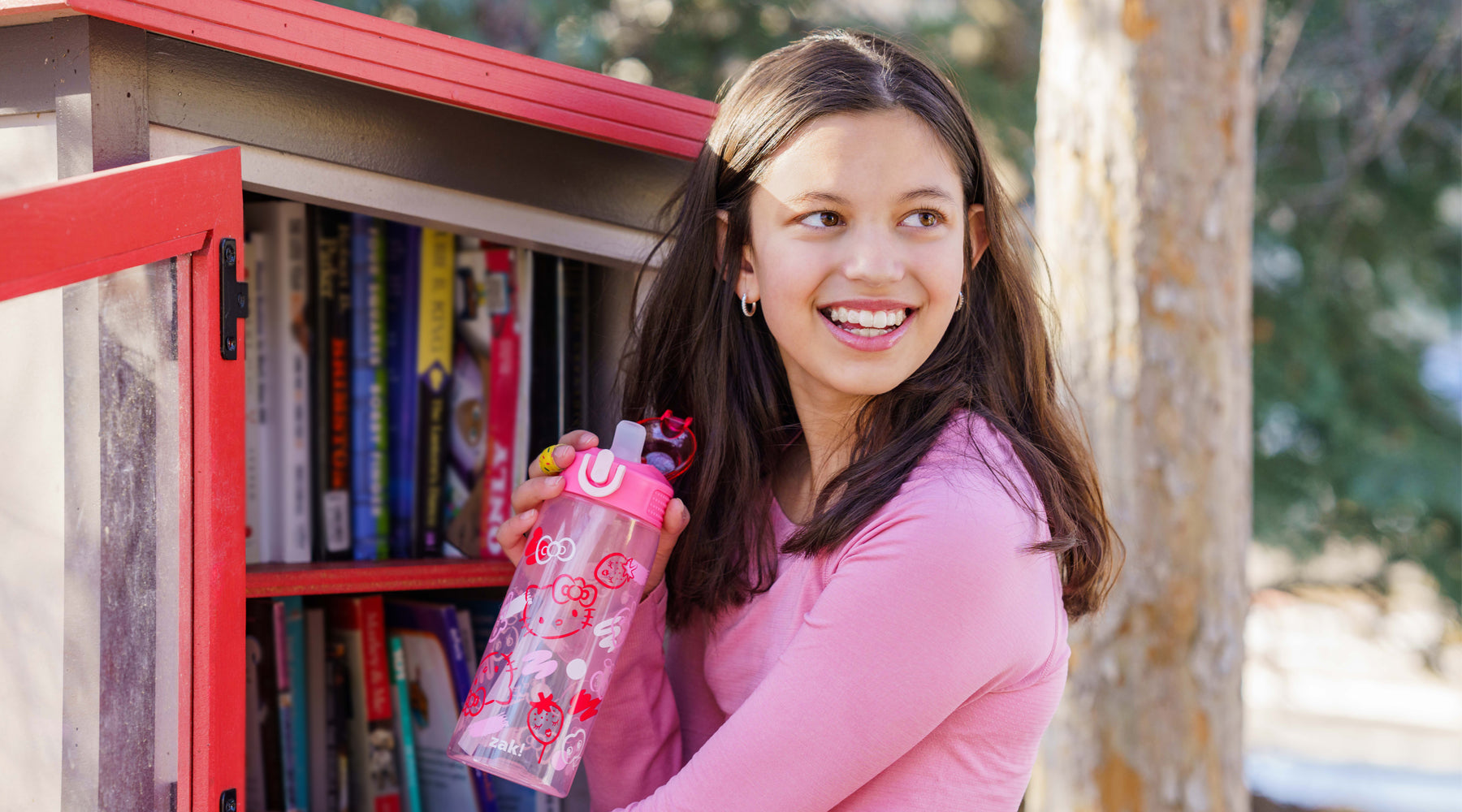Make Your Mornings Easier
It can be tough to get kids out the door in time for school—you have to make sure all their homework is complete and packed away, find their missing shoes and jackets, and feed them a nutritious breakfast so they have enough energy for the day. You can save a little effort by sending the kids off to buy lunch at school, but a homemade lunch lets you keep an eye on what your kids are eating and can help you save money. If you’re determined to hold onto these advantages, you can make your mornings easier with these packed lunch ideas.
You might already be familiar with the concept of cooking ahead: it saves time and effort when you make extra servings all at once, and you can just pop the leftovers into the fridge or freezer to eat later. There are some batch recipes that wouldn’t do well in a school cafeteria, and many of them require reheating, especially if you freeze them for longer storage. However, there is a classic, kid-friendly food that’s easy to make, freezes well, and thaws without a problem, just in time for the lunch bell.
Peanut butter and jelly sandwiches are the perfect choice if you’re interested in freezing sandwiches for lunch. In addition to their popularity with kids, you can make them well in advance, since they’ll keep for 3 months in the freezer.
- Gather all your ingredients and set up an assembly line so you can easily make enough sandwiches to stockpile. (If your child is allergic to nuts, or their school is nut-free to accommodate other children with allergies, try one of these nut butter alternatives instead.)
- Spread peanut butter (or your chosen substitute) on both pieces of bread before adding the jelly. This creates a protective layer that prevents jelly from soaking in and making the bread soggy.
- Freeze the sandwiches. You can wrap them individually, or store them in bulk: freeze a single layer of sandwiches on cookie sheet for an hour, until they harden, then pack them in a heavy-duty freezer bag. Whichever you choose, make sure to squeeze all the air out of your packaging.
- On school days, one of these PB&Js can go directly from the freezer to your child’s lunchbox. It will thaw in time for lunch, and doesn’t require additional cooling to stay fresh
You can also freeze other types of sandwiches for a little nutritional variety, though the process isn’t quite as simple or straightforward. Some fillings that work well include:
- Butter or margarine (to protect the bread)
- Cooked lunch meat like roast beef, chicken, turkey, and ham
- Canned tuna and salmon
- Cheddar, Swiss, and other hard cheeses (can get crumbly)
Keep in mind that these sandwiches have a shorter storage time of 3 to 4 weeks. For food safety reasons, any sandwich with meat or fish should be thawed in the fridge a day ahead, and kept cool in the lunchbox with an ice pack. And of course, there a few common sandwich fillings that don’t do well when frozen:
- Hard-cooked eggs—the whites will toughen
- Mayonnaise—it separates when thawed; try substituting Miracle Whip or a similar dressing
- Crisp vegetables like lettuce, tomatoes, pickles, and onions—they’ll go limp once they thaw out (no need to encourage kids thinking vegetables are gross!)
When it’s time to pack the lunch bag, our reusable bento boxes are a fun choice for young fans! The colorful artwork features kids’ favorite characters, and fit sandwiches cut into bite-sized pieces along with a variety of other foods. And check out food jars with vacuum insulation to keep their contents hot or cold—perfect for that serving of veggies you had to leave out of the sandwich.



